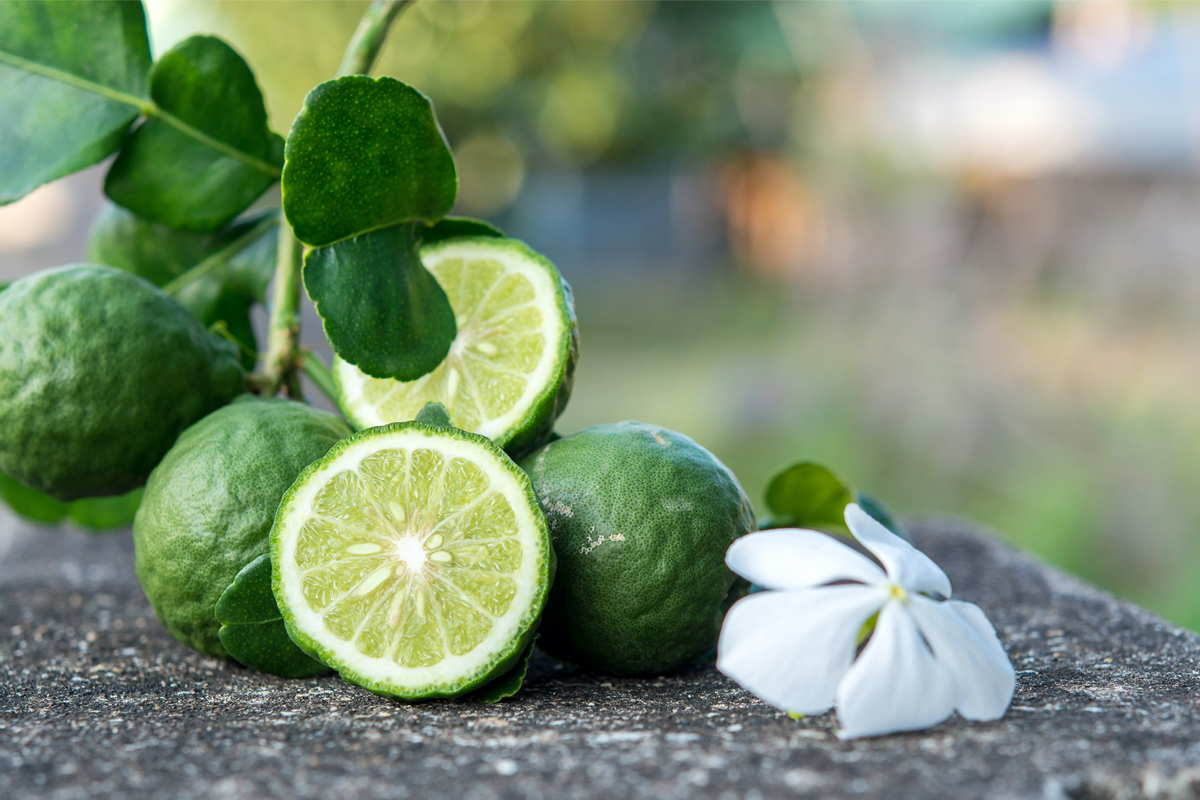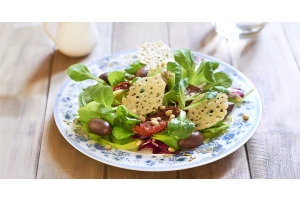Bergamot from Reggio Calabria: history and features

Bergamot from Reggio Calabria PDO is a citrus fruit from which the homonymous essential oil is extracted. There are three varieties: Femminello, Castagnaro and Fantastico. The fruit from which the Bergamot from Reggio Calabria PDO is extracted is similar to an orange, but green-yellow, depending on the ripeness.
The production area
The territory of Bergamot PDO includes 45 municipalities in the province of Reggio Calabria, from Scilla to Monasterace. The clayey soils and the particular climate are able to bear excellent fruit, ensuring a higher yield in essential oil. For this reason Calabria is the world's largest producer of bergamot. The peculiarities of the habitat and the constant research more and more evolved in the methods of extraction of the essence from the fruit have made the Bergamot of Reggio Calabria PDO more and more valuable and sought after in the world.
The history
Of unknown geographical origin, it probably appeared for the first time in Calabria after 1300. The origins of bergamot are still uncertain: many authors make it come from China, Greece or Spain, imported by Christopher Columbus returning from the Canary Islands. The first bergamot was planted near Reggio Calabria in 1750.
His fortune is due to the Italian Gianpaolo Feminis who, emigrated to Cologne in 1680, formulated the arqua admirabilis using together with other essences the oil extracted manually by pressing the peel of the fruit.
From this recipe was patented the Cologne water, then shared all over the world. Since then bergamot has remained an essential ingredient for the preparation of perfumes. It is also present, among the great classic perfumes, in Chanel Number 5.
The features
The citrine yellow skin is very rich in essential oils; the citrus fruit has a small average size of 200 grams and contains 10 to 15 cloves. The harvest takes place from November to March.
The essential oil contains about 350 chemicals. To extract one kilogram of bergamot essence, 200 kg of fruit are needed, hence its high cost. The essence is also used in the pharmaceutical industry and in the food and confectionery industry as a flavouring of liqueurs, sweets and drinks.
Numerous are the uses of the essence also in the aromatic field as pipe tobacco, candied fruit and tea. In these last years the essence of bergamot has been used with great success in tanning. It is commercialized in the form of essential oil, in small glass bottles.





